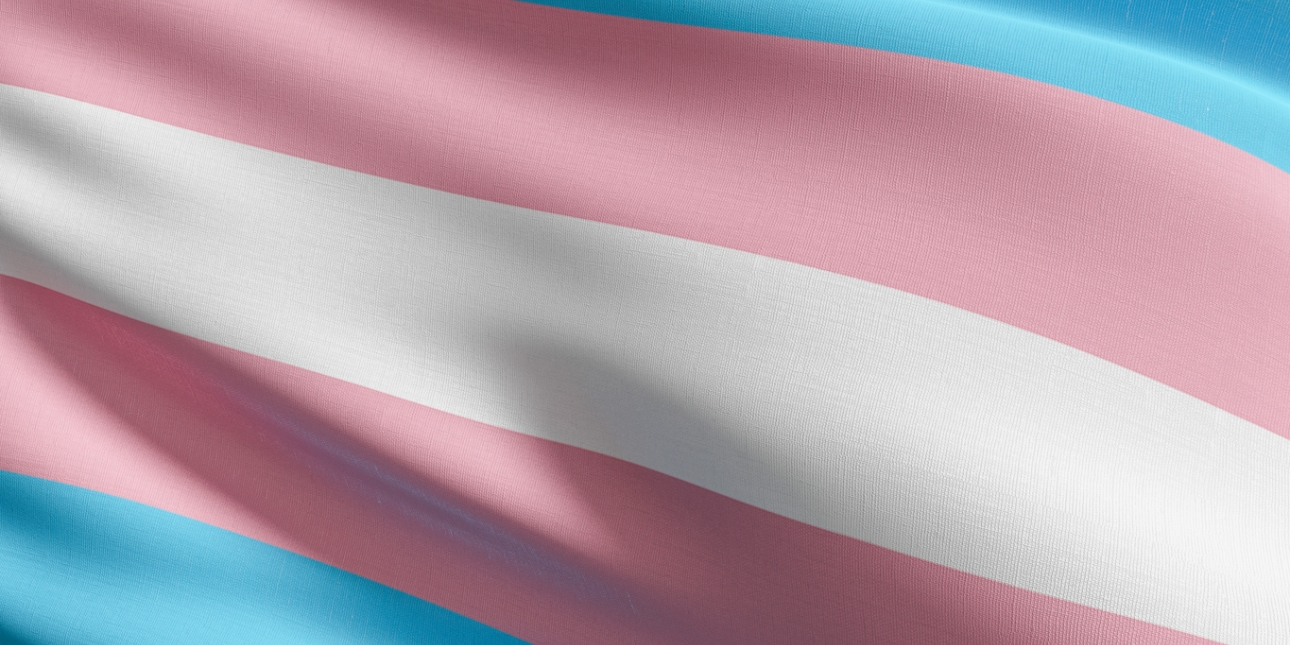Five ways PR pros can upskill on trans inclusion and awareness
Smart businesses understand that without an audience, you don’t have a business.
Around eight years ago I was invited to head up the communications for a start-up which catered to trans and non-binary people. It was a healthcare client and, while the media focus at the time on anything to do with trans identities was far less frenzied than it is today, I knew that I’d have my work cut out.
The level of scrutiny afforded by the internet coupled with social media’s ability to amplify the voice of the person on the street to a potential audience of millions, resulted in a strategic decision that from the outset, our communications approach would be one of transparency.
This approach quickly helped us to build trust among our stakeholders, a group among which trust can be difficult to establish due to the high levels of discrimination they experience. From the outset our transparent approach demonstrated that we were an active ally, that we valued them and we were on their side. The business quickly began to grow.
The days of smoke and mirrors and PR professionals as snake oil salesmen are (thankfully) long gone. In the best cases, our role has evolved into that of critical friend, stress testing ideas and concepts before they are unleashed beyond the confines of the boardroom. This means that ethics must be at the heart of everything we do, if it isn’t some eagle-eyed influencer will find the ‘dirt’ and your reputation will at best take a hammering, at worst it may not survive.
Modern consumers want to engage and do business with companies and brands that share their values. This can often be at odds with commercial objectives on paper but smart businesses understand that without an audience, you don’t have a business.
Trans and non-binary people have always been part of our society. Indeed, figures from the 2022 census included gender identity data for the first time revealing that there are more than 250,000 trans people in the UK and that is believed to be a conservative estimate. Add to that figure the number of allies who support the trans community be they family members, friends, colleagues, neighbours or just those who believe in equality, equity and human rights for all, and you have a considerable audience with a powerful shared sense of community. And it is a community that neither you, nor your clients can afford to ignore.
So what can you do to ensure you can confidently support your clients in making their communications strategies more inclusive of trans and non-binary identities?
Here are five ways you can get started…
- Understand the basics, what it means to be gender diverse and importantly what it doesn’t mean. There are plenty of excellent resources online. Follow trans talent, read The Transgender issue by Shon Faye, listen to podcasts by trans creators such as What the Trans, or first hand accounts of what it means to raise a trans child, such as How to be a Girl. I also have my own which is focused on trans inclusion and awareness from a comms perspective. Likewise, there are content creators on TikTok such as @becomingjude and @thefoxfisher. (Again, I also create content there @transmpr.)
- Understand that, while a minority group, trans people are part of the fabric of society. Recent research in the US puts the number of people who know someone who is trans, or who goes by a gender neutral pronoun, at 42%.
- Know that visibility will only increase now that the language has caught up and people are becoming more comfortable being their authentic selves, especially in younger generations, indeed Gen Z has the highest number of LGBTQ people yet.
- Help your client to see the bigger picture – gender identity is a protected characteristic under the 2010 Equalities Act, this means it is unlawful to discriminate against people on the basis of their transition, as Jaguar Land Rover discovered in 2020.
- Bring your team along – help your colleagues to feel more confident in their own language and understanding. If necessary, bring in the experts and get some trans inclusion and awareness training to give you a firm basis from which to begin. This also shows your gender diverse colleagues that this matters to you and takes the pressure off them to be the resident expert on anything trans related!
When you look at moments when there’s a clash between companies and the LGBTQ community, it is the companies that fail to stand up for LGBTQ rights that suffer damage to their reputation. As a PR professional, your job is to recognise the challenge that exists and then run towards it, rather than running in the opposite direction, after all knowledge is power.
Aby Hawker is the CEO and founder of TransMission PR, a communications consultancy which specialises in trans and non-binary inclusion and awareness.





